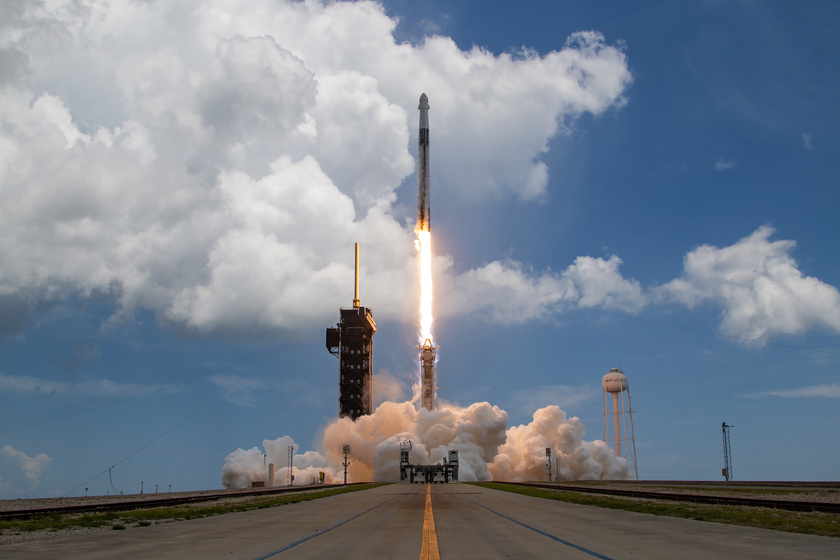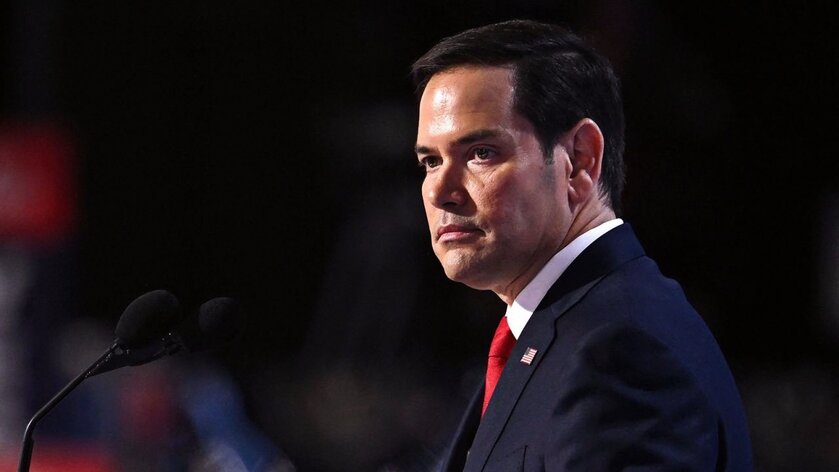SpaceX's Falcon 9 rocket, topped with the Crew Dragon Endeavor spacecraft launched from Launch Complex 39A at NASA’s Kennedy Space Center(KSC) on Aug. 1, at 15:43 UTC. Falcon 9's first stage booster(B1094), returned to Landing Zone 1 (LZ-1) at Cape Canaveral Space Force Station, adjacent to KSC, about eight minutes after liftoff; while the Dragon spacecraft separated from the second stage and began its journey to the International Space Station (ISS), carrying 4 Crew-11 astronauts.
The four astronauts aboard are headed to the International Space Station (ISS) for a roughly six-month mission. The Crew-11 team consists of NASA astronauts Zena Cardman (mission commander) and Mike Fincke (pilot), Japan Aerospace Exploration Agency (JAXA) astronaut Kimiya Yui, and Roscosmos cosmonaut Oleg Platonov, both mission specialists. This is Cardman’s and Platonov’s first spaceflight, while Fincke is on his fourth mission and Yui his second, having previously spent 142 days on the ISS in 2015.
Cardman was originally slated for the Crew-9 mission but was reassigned due to that mission launching with only two astronauts to accommodate the return of NASA astronauts Butch Wilmore and Suni Williams. Their Boeing Starliner spacecraft, which launched in June 2024, faced propulsion issues, leaving them without a dedicated return ride.
After Endeavor docks with the ISS, scheduled for 0700 UTC 3 on August 2, Crew-11 will relieve the Crew-10 astronauts, who launched in March 2025. The two crews will overlap for about a week to ensure a smooth handover of responsibilities, including science experiments and station operations. Crew-10 will then return to Earth aboard their Crew Dragon spacecraft.
Crew-11’s mission includes conducting experiments such as simulating lunar landings, studying plant cell division in microgravity, protecting astronaut eyesight, and producing human stem cells and nutrients on-demand. These experiments aim to advance scientific knowledge and support future space exploration.
NASA is considering extending Crew Dragon missions, including Crew-11, from six to eight months, according to ISS Program Manager Dana Weigel. This potential extension is under review to optimize mission objectives and station operations.
During their stay, Crew-11 will also witness the arrival of the Roscosmos Soyuz MS-28 mission in November 2025, carrying NASA astronaut Chris Williams and two cosmonauts, as well as a Northrop Grumman resupply spacecraft. These events will support the ISS’s continuous operations and resource needs.
Crew-11 is SpaceX’s eleventh operational mission under NASA’s Commercial Crew Program, which also included Boeing’s Starliner Crew Flight Test in June 2024, making it the twelfth flight overall. The program reflects NASA’s strategy to partner with private companies to maintain a consistent human presence on the ISS. This is also SpaceX Dragon's 19th human spaceflight mission.
Today's Falcon 9 first stage landing Zone, LZ-1, located at Launch Complex 13, will be leased to private companies Phantom Space and Vaya Space, as announced by the U.S. Space Force in March 2023. SpaceX can still request landing zone capabilities at its own launch complexes, subject to an extensive evaluation process, and continues to operate another landing site, Landing Zone 2, at the Cape.
Crew-11 launch was delayed by a day due to a scrub on July 31 caused by intruding clouds with just a minute left in the countdown.















